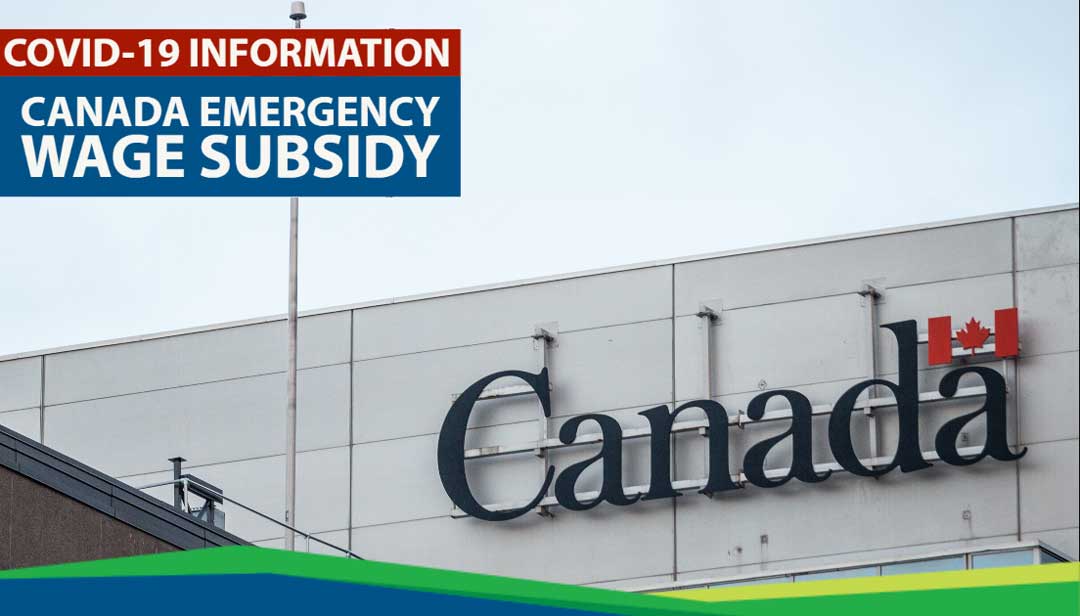
On July 17, 2020, the Government of Canada released details, as well as draft legislation, in respect of a redesigned Canada Emergency Wage Subsidy (CEWS) program effective from July 5, 2020. Pursuant to the backgrounder, the estimated total fiscal cost in 2020-21 for the CEWS program as announced on July 17, 2020 is $83.6 billion.
Below are highlights of the key changes, which are subject to the approval of Parliament.
- Extension of the CEWS: The CEWS will be extended until December 19, 2020. The redesigned CEWS program will apply to:
- Period 5 – July 5, 2020 to August 1, 2020;
- Period 6 – August 2, 2020 to August 29, 2020;
- Period 7 – August 30, 2020 to September 26, 2020;
- Period 8 – September 27, 2020 to October 24, 2020; and
- Period 9 – October 25, 2020 – November 21, 2020.
The Government has not released full details for Period 10 (i.e., November 22, 2020 to December 19, 2020).
- Elimination of 30% Revenue Decline Threshold: The Government has eliminated the 30% revenue decline threshold for Period 5 and onwards, with the amount of the CEWS now being correlated to the extent of an employer’s decline in revenue (subject to a safe harbour for Periods 5 and 6, as described more particularly below).
- Two-Part Subsidy Amount for Active Employees: For Period 5 and onwards, the CEWS for a week in respect of an “active” employee (i.e., an employee who is not on leave with pay for the particular week) will consist of two parts:
- A base CEWS amount will be available to all eligible employers who have experienced a decline in revenue, determined by comparing monthly revenue in the month to the same month in 2019 or the prior month to the prior month in 2019 (or, in certain circumstances, monthly revenue in the month or the prior month to average monthly revenue in January and February 2020). The base CEWS amount will be computed as a specified rate (which will vary based on revenue decline) applied to the amount of eligible remuneration of up to $1,129 paid to an eligible employee per week. Eligible employers with a revenue drop of 50% or more will be eligible for the maximum base CEWS rate, while those experiencing less than a 50% revenue drop will be eligible for a lower base CEWS rate. The maximum base CEWS rate will be reduced gradually over the qualifying periods from 60% in Periods 5 and 6, to 50% in Period 7, to 40% in Period 8 and to 20% in Period 9. Accordingly, the maximum weekly base CEWS amount (i.e., the amount payable in respect of an employer experiencing a 50% or greater revenue drop) will be $677 in Periods 5 and 6, $565 in Period 7, $452 in Period 8 and $226 in Period 9.
- A top-up CEWS amount of up to an additional 25% will be available for eligible employers who have experienced a revenue drop of more than 50%, determined by comparing average monthly revenue in the preceding three months to the same months in 2019 (or, in certain circumstances, to their average monthly revenue in January and February 2020). The top-up CEWS rate will be equal to 1.25 times the average revenue drop that exceeds 50%, up to a maximum top-up CEWS rate of 25%, which is attained at a 70% revenue drop. The top-up CEWS amount will be computed as the applicable top-up CEWS rate applied to the amount of eligible remuneration (not exceeding $1,129) paid to an eligible employee per week.
Source: McCarthy Tétrault, July 19th, 2020
Newsletters
e-Newsletter – June 2018
NewslettersEvents & SponsorshipArticles & Publications
e-Newsletter – May 2018
NewslettersEvents & SponsorshipArticles & Publications
e-Newsletter – April 2018
NewslettersEvents & SponsorshipArticles & Publications
e-Newsletter – March 2018
NewslettersEvents & SponsorshipArticles & Publications
e-Newsletter – February 2018
NewslettersEvents & SponsorshipArticles & Publications
Events & Sponsorship
No Results Found
The page you requested could not be found. Try refining your search, or use the navigation above to locate the post.
Articles & Publications
Have Unfiled Tax Returns For Years?
Do You Have Unfiled Tax Returns For Years? As for the record, the CRA wants you to file and pay your taxes on time every year. When you cannot do so, you may put yourself at risk of high penalty amounts and collection tasks like bank levies or wage garnishments. We at...
Old Age Security One-Time Payment Only
Old Age Security One-Time Payment Only. You will receive the one-time payment for older seniors if you were: born on or before June 30, 1947, and eligible for the Old Age Security pension in June 2021 If you have applied for the Old Age Security pension but have not...
CRA Notice of Objection
CRA Notice of Objection (NOO) Once you file your taxes, you receive a Notice of Assessment and later a Notice of Reassessment. You have two options: Pay the taxes owing File a CRA Notice of Objection (NOO). The CRA is not always right; when you disagree, you can...
All You Need to Know About Trust Funds in Canada
All You Need to Know About Trust Funds in Canada A trust is a vehicle for holding and passing on the family property. As such, it typically serves at least one of two purposes: It can reduce a family's taxes by shifting income to members in lower tax brackets, and it...
Non-Resident Canadian Tax Clearance Certificates
People who are not Canadian Residents for Tax Purposes may be subject to a withholding tax when they sell Canadian property. All non-resident Canadian for tax purposes may be subject to this withholding tax if they sell real estate in Canada. This holds if they own...